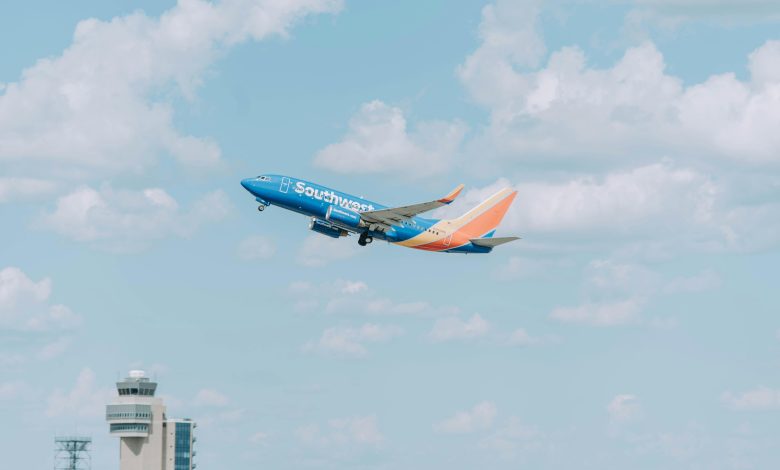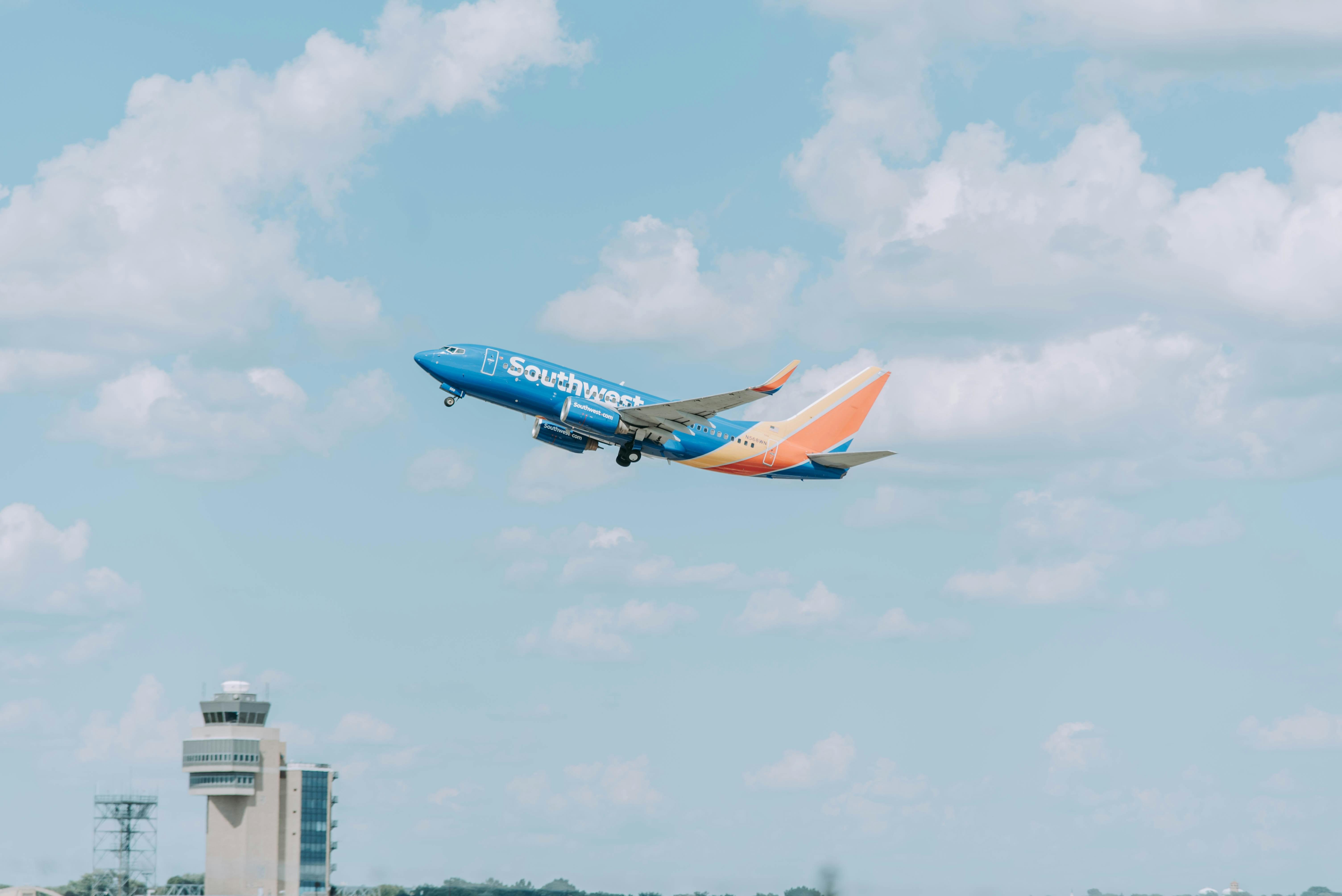
In the sprawling skies of modern air travel, miles have become the currency of loyalty, a way for airlines to tether frequent flyers to their wings. Yet, within the fine print of these loyalty programs lies a ticking clock—miles expiration. For many travelers, the joy of accumulating miles is overshadowed by the looming question of their longevity. As these points quietly inch towards their expiration date, passengers often find themselves in a race against time, sometimes unaware of the rules governing their hard-earned rewards. This raises a pivotal question: should airlines be more transparent about miles expiration? In this article, we delve into the intricacies of frequent flyer programs, exploring the delicate balance between corporate strategy and consumer rights, and whether a new era of clarity is on the horizon for travelers worldwide.
The Hidden Costs of Expiring Miles and Their Impact on Travelers
When frequent flyers earn miles, they often dream of future adventures, but the expiration policies of these miles can throw a wrench in their travel plans. Many travelers remain unaware of the ticking clock on their hard-earned miles, leading to unforeseen losses. The impact is not just financial but also emotional, as the excitement of planning a getaway turns into frustration. This lack of transparency can affect loyalty, leaving travelers feeling blindsided by the very airlines they trust.
- Unrealized Savings: Expiring miles can mean losing out on significant savings for flights, upgrades, and other perks.
- Planning Dilemmas: Expiry dates can force travelers to rush or change their plans, often leading to less-than-ideal travel experiences.
- Trust Erosion: Hidden expiration terms can diminish customer trust, impacting long-term brand loyalty.
the hidden costs of expiring miles extend beyond just the loss of points, affecting both the financial and emotional aspects of travel. This underscores the need for greater clarity and communication from airlines regarding their mileage programs.

Unveiling the Fine Print: How Airlines Communicate Mileage Expiration
Airlines often weave the details of mileage expiration into the dense fabric of their terms and conditions, a tapestry of jargon and footnotes that can leave even the most diligent traveler scratching their head. Communication methods vary, with some airlines opting for a straightforward approach while others take a more circuitous route. Frequent flyers might find expiration details buried in lengthy emails, nestled within app notifications, or subtly hinted at during the booking process.
However, these methods can sometimes lack clarity, leaving passengers in the dark until their hard-earned miles vanish. Travelers often encounter:
- Complex expiration rules that differ not only between airlines but also between different tiers of the same loyalty program.
- Sparse reminders—some airlines provide only occasional alerts, often hidden in promotional emails.
- Vague language that can obscure the actual expiration date, leaving room for misinterpretation.
As such, the need for clearer, more direct communication becomes apparent, ensuring passengers can make informed decisions about their travel rewards.

Balancing Loyalty and Clarity: The Case for Greater Transparency in Miles Policies
Airlines often walk a fine line between rewarding loyal customers and maintaining operational efficiency. Transparency in miles policies is a crucial factor in this balance. Frequent flyers invest their time and money in accumulating miles, yet they are often left in the dark about when these miles might expire. Lack of clarity can lead to frustration and mistrust, ultimately undermining customer loyalty. To foster a more positive relationship with their customers, airlines could consider implementing more transparent communication strategies regarding miles expiration policies.
- Clear Expiration Dates: Providing easily accessible information on when miles will expire helps travelers plan better.
- Regular Updates: Sending timely reminders about impending expirations can prevent unpleasant surprises.
- User-Friendly Platforms: Enhancing the digital experience with intuitive interfaces allows members to track their miles effortlessly.
By adopting these measures, airlines not only enhance customer satisfaction but also demonstrate a commitment to fairness and integrity in their loyalty programs. This approach not only strengthens brand loyalty but also differentiates airlines in a competitive market.

Strategies for Airlines to Enhance Customer Trust Through Clearer Expiration Guidelines
- Clear Communication: Airlines can bolster customer trust by ensuring that all communication regarding miles expiration is straightforward and accessible. This includes sending timely reminders about upcoming expirations through various channels like emails, app notifications, and even SMS alerts. By keeping customers informed, airlines demonstrate transparency and foster a sense of reliability.
- Flexible Expiration Policies: Implementing more flexible expiration policies can significantly enhance customer satisfaction. For instance, airlines might consider extending expiration dates or offering grace periods for loyal customers. Another approach could be providing options to extend miles by engaging in certain activities, such as making a purchase with a partner brand, thus keeping the customer’s miles active.
- Detailed Information Online: A dedicated section on the airline’s website detailing miles expiration policies can serve as a valuable resource for customers. This should include FAQs, step-by-step guides on how to prevent expiration, and a clear explanation of any exceptions or special conditions. Such transparency not only clarifies the process but also empowers customers to manage their miles proactively.
- Incentivize Engagement: Airlines can encourage active participation by offering incentives for account engagement. This could involve rewarding customers with bonus miles for activities like updating profile information, participating in surveys, or engaging with the airline on social media. By creating a more interactive experience, airlines keep customers invested and informed about their miles status.



